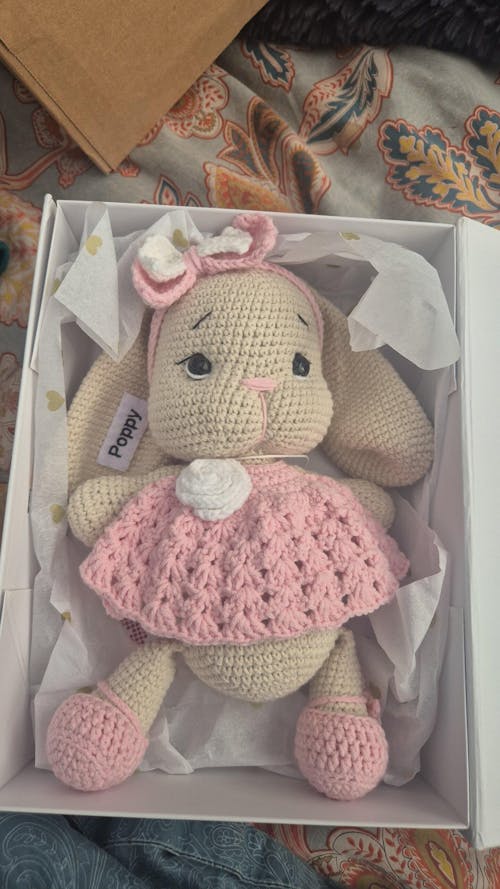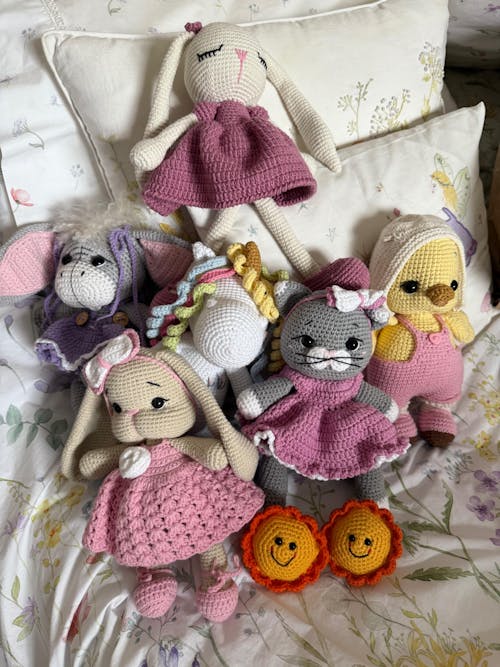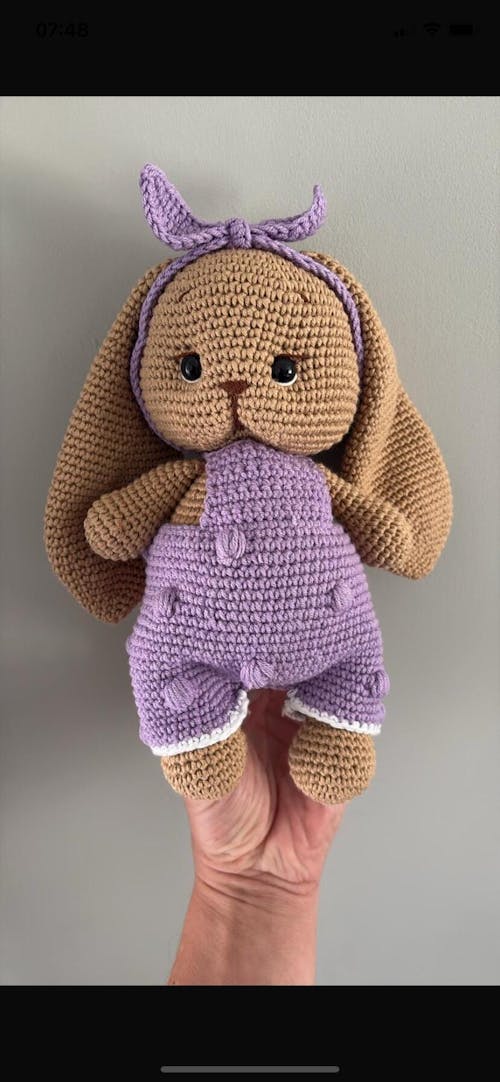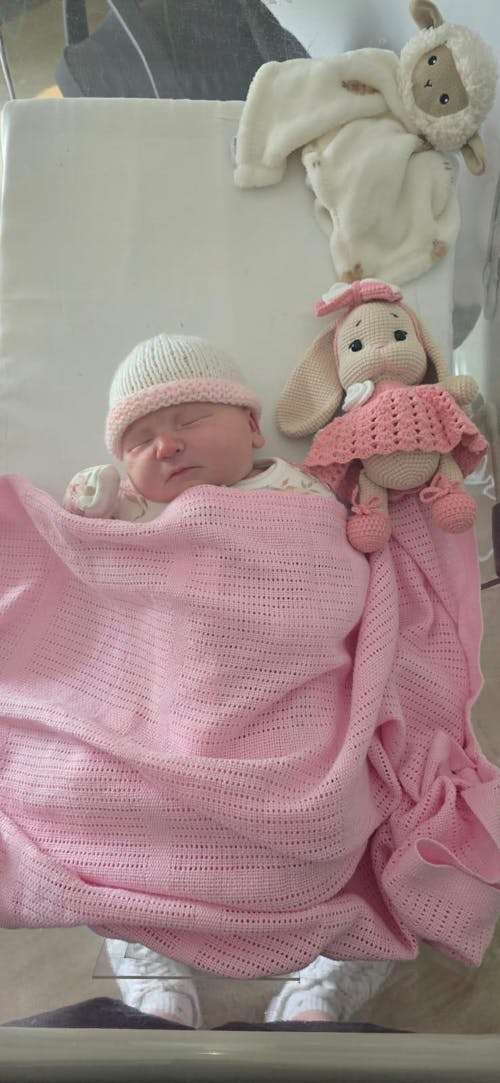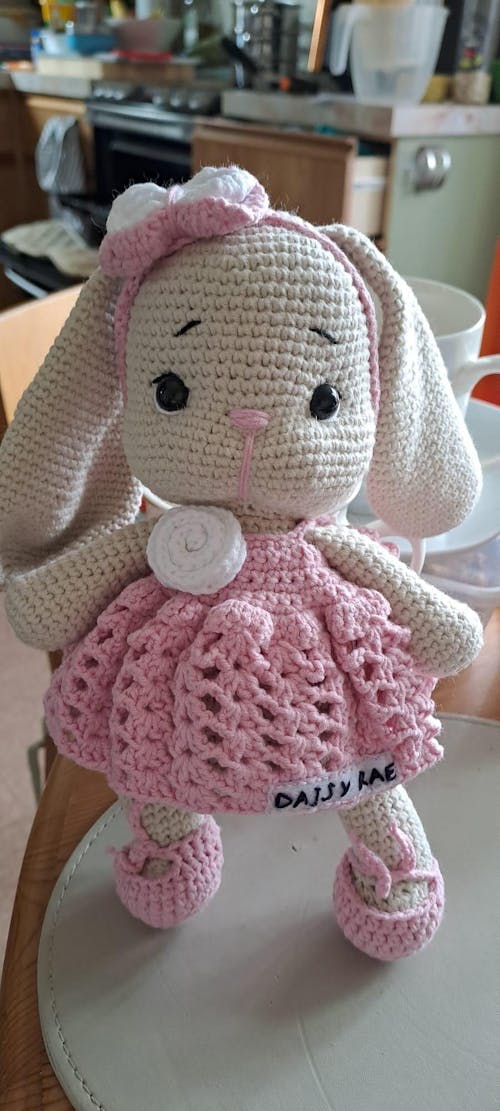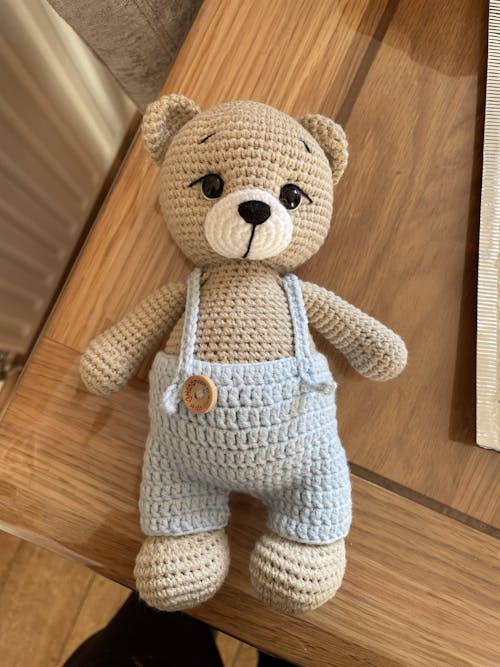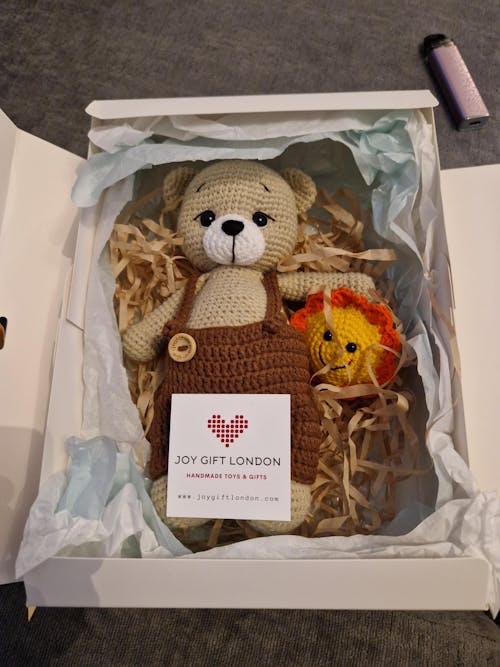From Hobby to Business: Certifying Your Crochet Toys for International Markets
Share
Introduction
Turning your passion for crochet into a business involves more than just creating beautiful toys—it requires ensuring they meet stringent international safety standards. This blog post will guide you through the steps to certify your crochet toys for international markets, from understanding key certifications to navigating regulatory requirements.
Why Certification Matters
Certifying your crochet toys demonstrates their safety and quality, instilling confidence in customers and ensuring compliance with legal regulations. This process is crucial for expanding your market reach beyond local sales to international audiences.
Key Certifications for Crochet Toys
1. CE Mark (European Union)
- Scope: Mandatory for toys sold in the European Economic Area (EEA).
- Standards: EN 71 series, covering mechanical, physical, and chemical safety.
- Process: Conduct risk assessment, testing (mechanical, flammability, chemical), prepare technical documentation, and affix the CE mark.
2. UKCA Mark (United Kingdom)
- Scope: Required for toys sold in Great Britain (England, Scotland, Wales).
- Standards: Aligned with EN 71 standards currently; follow UK regulations post-Brexit.
- Process: Similar to CE marking process but specific to the UK market.
3. ASTM F963 (United States)
- Scope: Mandatory for toys sold in the United States.
- Standards: Covers mechanical hazards, flammability, and chemical composition.
- Process: Conduct safety assessments, testing (mechanical, flammability, chemical), issue Children's Product Certificate (CPC).
4. CPSIA (United States)
- Scope: Applies to all children's products sold in the U.S., including toys.
- Requirements: Limits on lead, phthalates, third-party testing, and certification.
- Process: Comply with lead and phthalate limits, conduct third-party testing, issue CPC.
5. CCPSA (Canada)
- Scope: Mandatory for toys sold in Canada.
- Standards: Mechanical and chemical safety requirements.
- Process: Conduct safety assessments, testing, and compliance with Canadian regulations.
6. AS/NZS ISO 8124 (Australia and New Zealand)
- Scope: Required for toys sold in Australia and New Zealand.
- Standards: Mechanical, physical, and chemical safety.
- Process: Conduct testing according to AS/NZS ISO 8124 standards, prepare technical documentation.
7. ST Mark (Japan)
- Scope: Mandatory for toys sold in Japan.
- Standards: Japanese Toy Safety Standard ST 2016.
- Process: Conduct testing, obtain certification from accredited labs, affix ST mark.
Steps to Certify Your Crochet Toys for International Markets
1. Research Market-Specific Requirements
Understand the toy safety standards and certification processes for each target market.
2. Conduct a Risk Assessment
Identify potential hazards associated with your crochet toys (e.g., choking hazards, sharp edges).
3. Use Safe Materials
Ensure all materials (yarn, stuffing, embellishments) are non-toxic and meet relevant safety standards.
4. Design and Construction Compliance
Design toys to meet mechanical, physical, and chemical safety requirements specified by standards.
5. Perform Necessary Testing
Conduct testing through accredited laboratories for mechanical, flammability, and chemical safety.
6. Prepare Technical Documentation
Compile a technical file including test reports, risk assessments, and Declaration of Conformity (DoC).
7. Affix Certification Marks
Once compliant, affix the appropriate certification marks (e.g., CE, UKCA, ASTM) visibly and permanently.
Maintaining Compliance and Growth
1. Stay Informed
Regularly monitor updates to toy safety standards and regulations in target markets.
2. Improve Processes
Continuously enhance safety practices and materials to meet evolving standards.
3. Expand Market Reach
Use certifications to enter new markets and build consumer trust internationally.
Conclusion
Certifying your crochet toys for international markets involves navigating complex safety standards and regulatory requirements. By following these steps and investing in compliance, you can transform your hobby into a successful business, providing safe and high-quality toys to children worldwide.
Additional Resources
- European Commission on Toy Safety
- U.S. Consumer Product Safety Commission (CPSC)
- Health Canada Consumer Product Safety
- Australian Competition & Consumer Commission (ACCC)
- Japan Toy Association ST Mark
By adhering to international toy safety standards, you ensure the safety of children and the success of your business globally.

